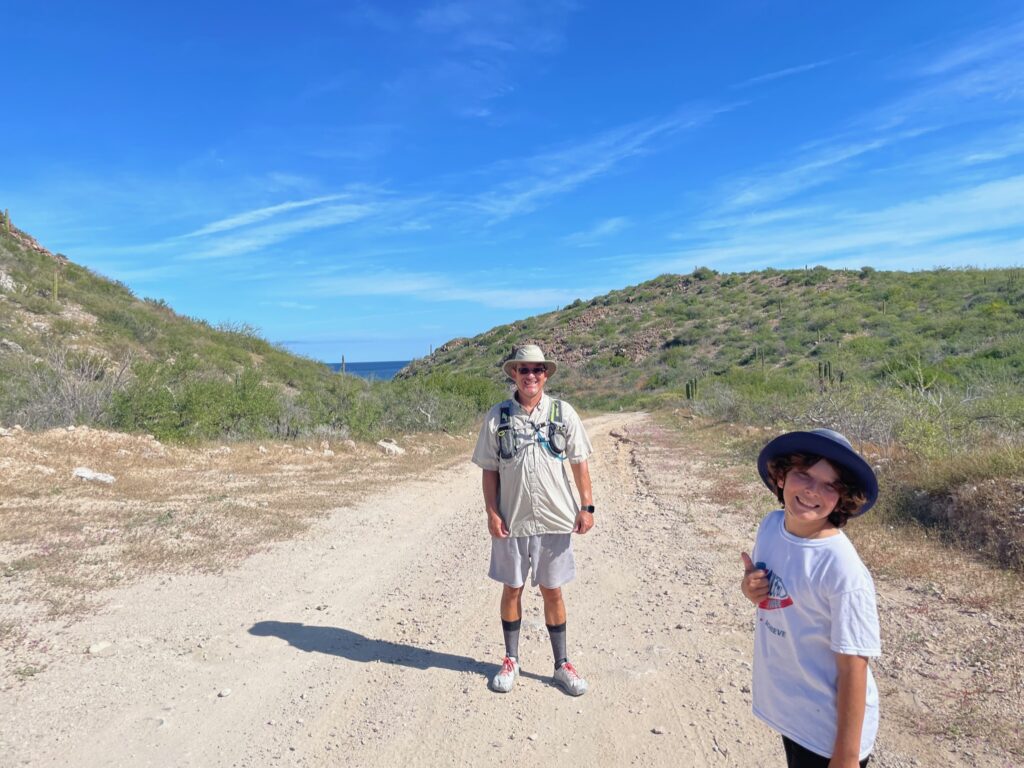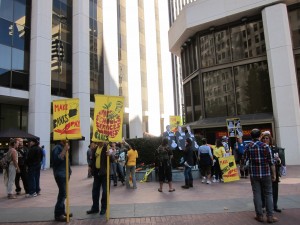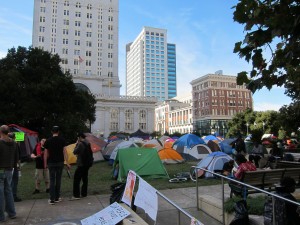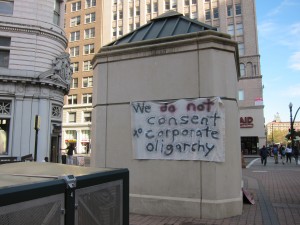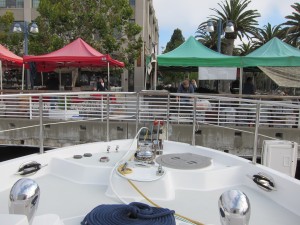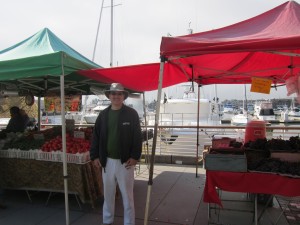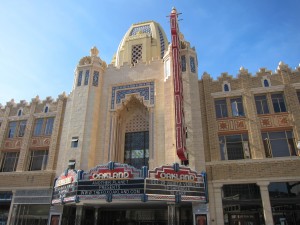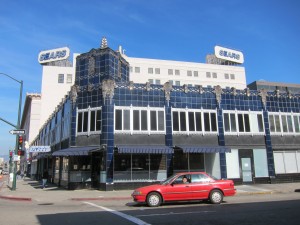Sunrise on Friday, October 28, looking at the channel from the edge of the docks
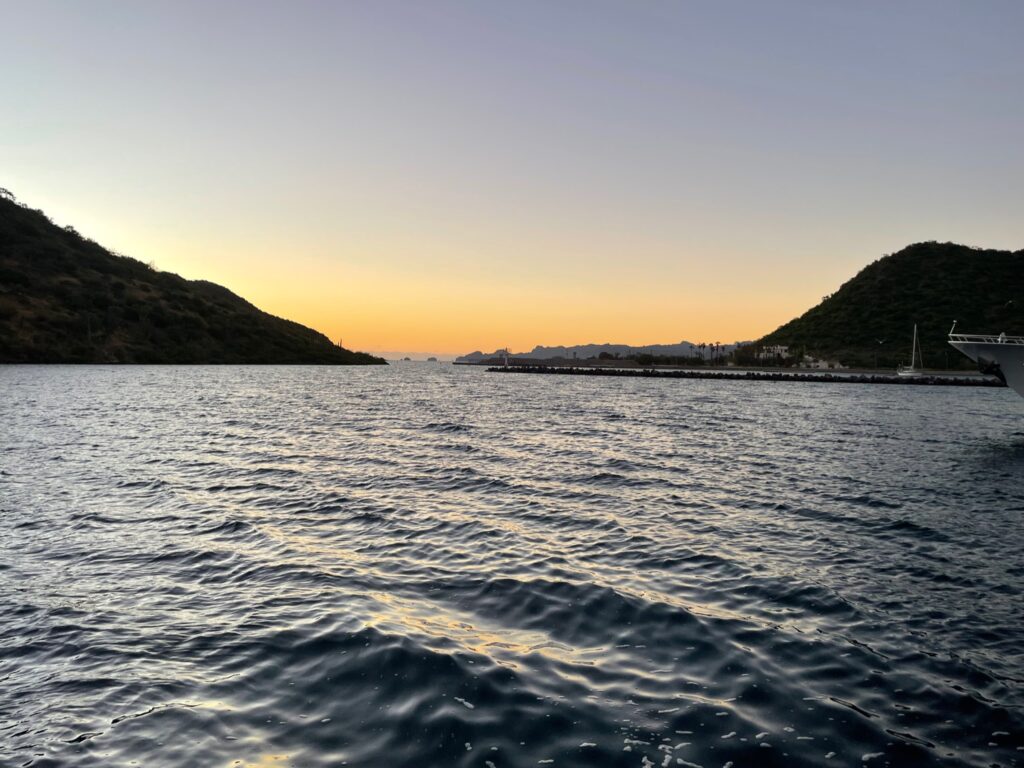
On Friday morning, Eric flushed the grey water tank. Then he filled up the tank and added Seazyme, an enzyme that dissolves some of the bio-solids that tend to build up in tanks. He turned off the pump for a day so Seazyme had time to do its thing before being pumped out.
It has taken us a while to figure out how to keep the smell from our grey-water tank under control. While the things that go into grey-water tanks aren’t as inherently gross and smelly as what goes into blackwater tanks, things such as hair and toothpaste tend to get stuck in the tanks, build up and smell bad. It actually creates a grey sludge. In the past, we’ve mentioned a few things that help, such as doing laundry at sea and turning off the pump so that warm, soapy water sloshes around and helps clear out some of the icky stuff that builds up in the bottom of the tank. Seazyme is another trick that we’ve learned. (Side note: in 2021, we did a major overhaul of both the blackwater and grey-water tanks, which has also helped with the smell.)
Earlier in the week, we’d told Claire and Phil that we were planning to go to two Dia de Los Muertos parties in Loreto on Friday. We’d mentioned that we were going to rent a car to get to Loreto. Claire and Phil told us that that they wanted to go to the parties, and they had a vehicle and could drive us. How perfect! Claire also offered to take Christi grocery shopping in Loreto on Friday before the parties.
Grocery shopping was uneventful. We’re now pretty well stocked up for a while. Keith and Eric did chores. We’re not sure if we’ve ever mentioned this before, but the drive between Puerto Escondido and Loreto is stunning. The road is hilly and offers spectacular views. This is the ex-pat community just south of Loreto
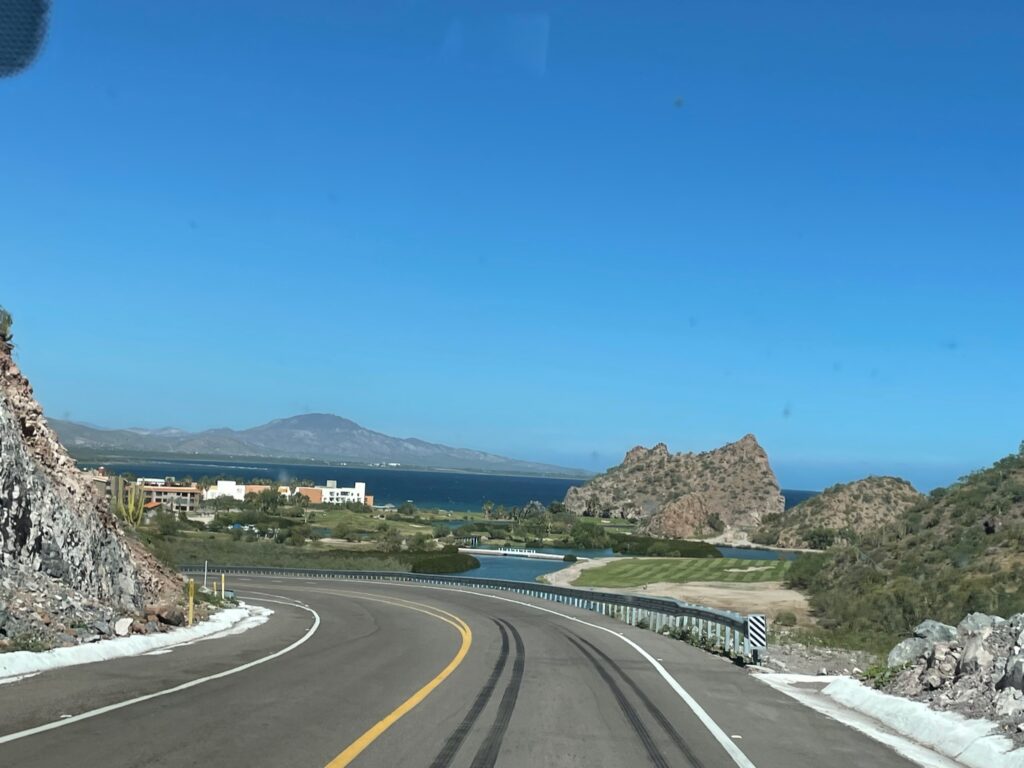
There wasn’t much time between returning from the stores in Loreto before heading back to Loreto for the parties. Our first stop was Dan, Liz and Drake’s house, where Liz did face painting on all the willing participants.
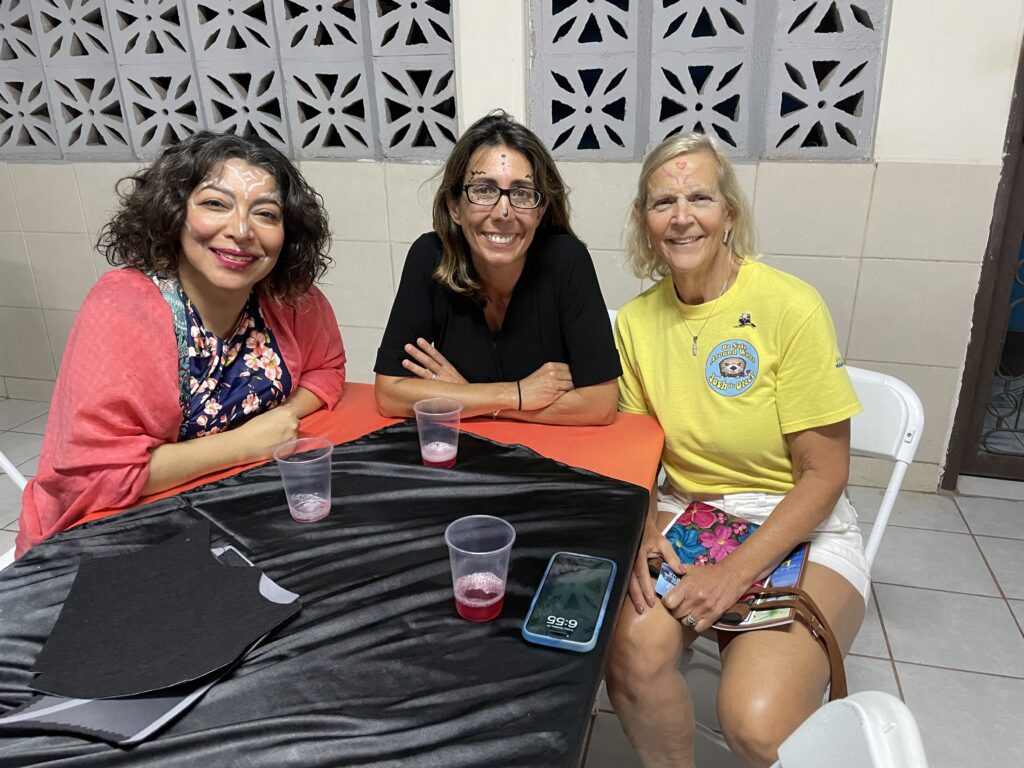
Initially, Keith was going to wear this as his costume:
Continue reading
